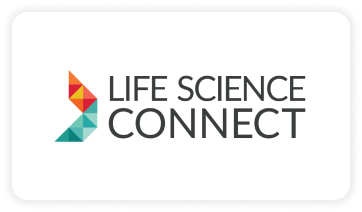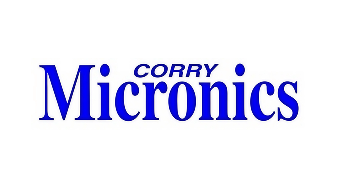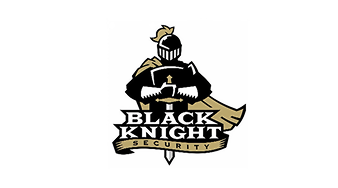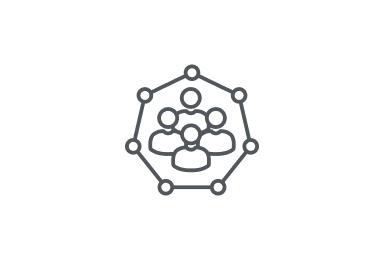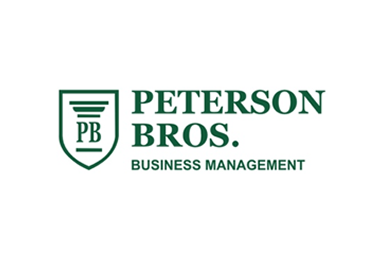Built to Last
Backed by Peterson
We build enduring businesses through long-term value creation, operational excellence and people-focused partnerships – not fleeting trends

Our Investment Focus
At Peterson Brothers Inc., we invest in businesses that have strong fundamentals, committed leadership and the potential to scale. We specialize in creating Platform Companies – businesses that serve as a solid foundation for bolt-on acquisitions.
Current Investments
Peterson Bros. Inc (Pittsburgh, PA)
Terry (left) and Rick (right) are the founding principals of Peterson Bros. They started in business together in 1977, when Rick was 19 years old and Terry was 21. Since that time, they developed a model for running companies, that has produced solid financial results in good times and bad. Their experience covers numerous companies in unrelated industries.
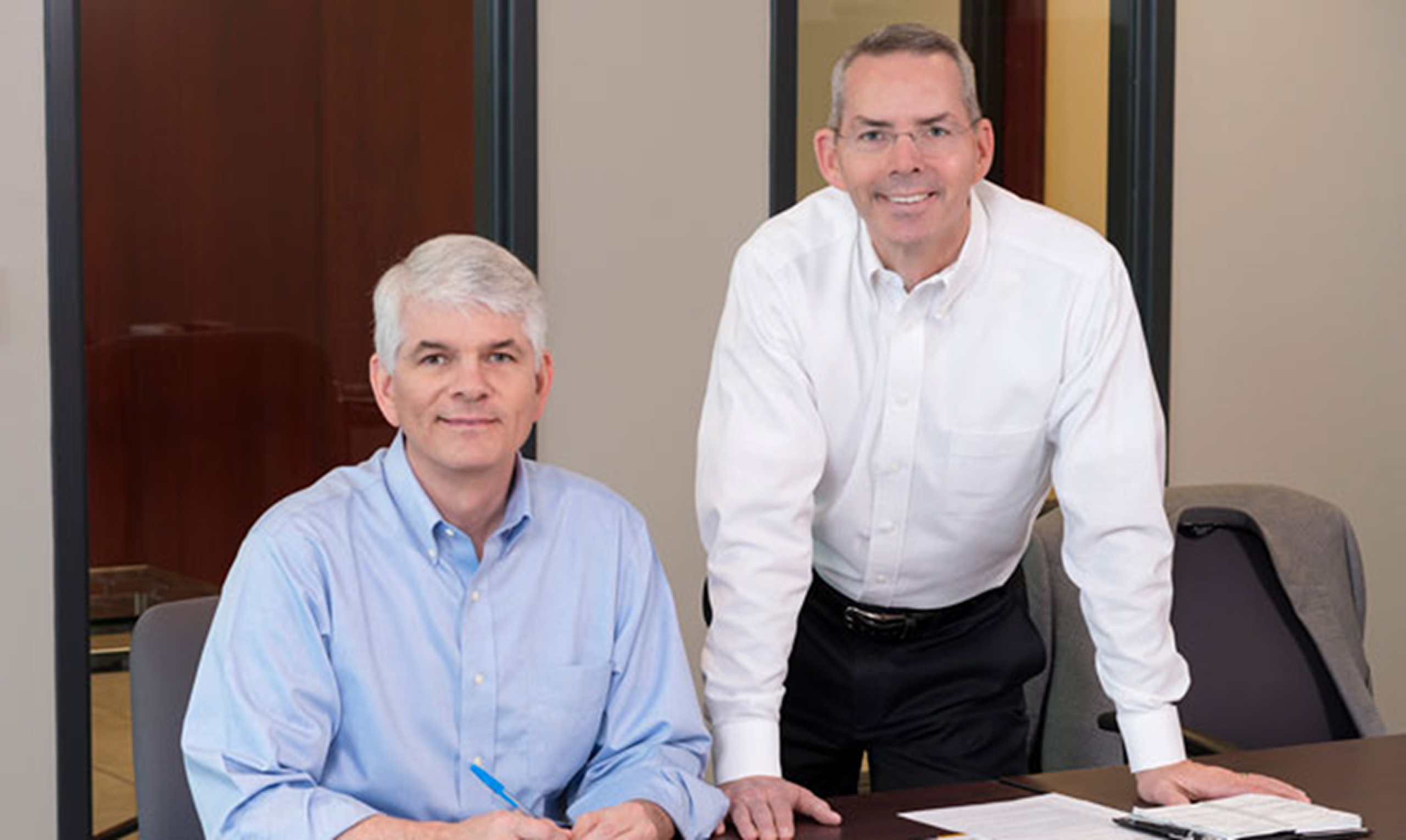
Over the decades, Peterson Bros has developed a tediously thorough, proven “System of Governance” for helping privately held companies, create more free cash flow, this year than last, year after year, decade after decade. This framework can be applied to almost any industry or business.
In addition to deploying best-practice Systems and Controls, Policies and Procedures, we strive to hire employees who embody the concepts in our “Character is Destiny” document. But more importantly, we strive to hold ourselves to this standard.
The following are examples of companies Peterson Bros has been involved with, and then the improvements the team installed early on, to grow the value of the company:
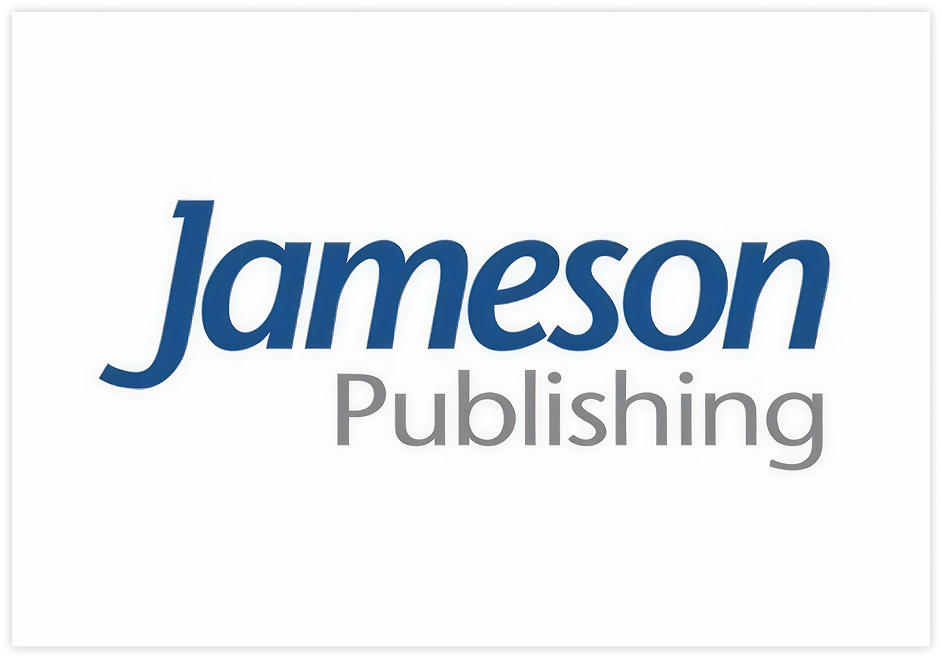
Jameson Publishing
Industry: Trade Publishing
What We Inherited:
What We Did:
- Because sales were so low, there wasn’t much to gain by improving efficiencies. If we were going to win, it would have to come from sales and marketing.
- There was a hodge-podge of markets and products clumped together trying to be served by the magazine. Some of the technologies featured were trailing-edge. We went into the circulation files and culled out the low-impact readers. We replaced them with business managers who were leading their companies into new burgeoning markets.
- We also changed the editorial focus to concentrate on industry leaders in these new growing markets. We refined the name of the magazine, its tag line and niche statement to better reflect our new direction.
- We ramped up the sales department. But because Jameson was located in Erie, PA we were unable to hire done-it-before, successful, trade magazine advertising salespeople. However we were able to hire bright, high-character people with good work ethic. So we brought on a curriculum designer and developed an extensive sales training program that taught our new-hires how to be good trade magazine space salespeople.
- We outworked our competitors while at trade shows, on road trips into our customer territories and while on the phone back at our office. We studied our customer’s objections to giving us more of their budget, and we made the product changes called for. The combination of all this rewarded us with double digit growth in sales for 15 years in a row.
- It took us about a year to make the magazine profitable. After that, in spite of pretty dramatic, constant growth, we were able to maintain one of the highest return-on-sales percentages in trade publishing.
Corry Micronics
What We Inherited:
When we acquired Corry Micronics it was a 30-year-old manufacturer / assembler of electronic capacitors. The Company just had this one product line, and annual revenues had never reached $1 million. It employed 12 people, most all of whom were paid minimum wage, with no benefits. So employee turnover was very high.
It was located in a corrugated metal building without air-conditioning, which got oppressively warm in the summer. At the core of its capacitor products is a ceramic tube, which is made from powder into a batter, much like making a cake. And as with cakes, the ceramic compound was negatively affected by the dramatic fluctuations in heat and humidity.

Much of the equipment the company used was described by a maintenance applicant who declined our job offer, as “junk held together with bailing twine and duct tape.” In truth we inherited machines which the former owner acquired from a competitor who was throwing them away because they had exceeded their useful life, and produced a high percentage of non-compliant material.
There was no outbound sales effort. Its whole sales and marketing strategy was hinged to its website which produced very few new customers. All together the company only had about a dozen customers and one represented about 80 to 85% of total sales. So there was a dangerous customer concentration problem. And the Company’s only product was in the “steep decline” phase of the product life cycle.
What We Did:
- Even before the closing we knew we had to greatly expand and professionalize the sales function. So we partnered with a done-it-before successful VP of sales from another technology company. He came onboard as our VP of Sales, and before long demonstrated the skill and acumen to be a strong president, which he became.
- One of our first acts was to give everyone pay raises. We installed company-paid health insurance for employees and their whole family. We gave them a 401(k) with a generous company match, and other typical benefits necessary to attract and retain quality folks.
- We moved the operation into a better facility, one with insulation and air-conditioning, which would inspire customer confidence, and that employees could be proud of. We acquired new tube pressing equipment and new kilns, and our ceramic yields improved dramatically. We invented a new piece of equipment, and got it patented, which can do the work of nine employees per shift.
- We installed the quality control systems necessary, and got the Company ISO certified. Some of our products have a military application so we also got ITAR registered. We installed expensive Manufacturing Resource Planning (MRP) software. All of these infrastructure improvements gave the president the foundation he needed to acquire many new customers.
- In time we got the customer count up over 300, no one of which represented a concentration problem; and we established over 30 additional product lines. All of the new products introduced were in leading-edge technologies in growing markets. We increased by 20 X the average size of a sale. Before long we were having single months where sales were more than the company’s annual revenues prior to our involvement. Multi-national customers tour our facility and declare it compares favorably with other world-class vendors they use.
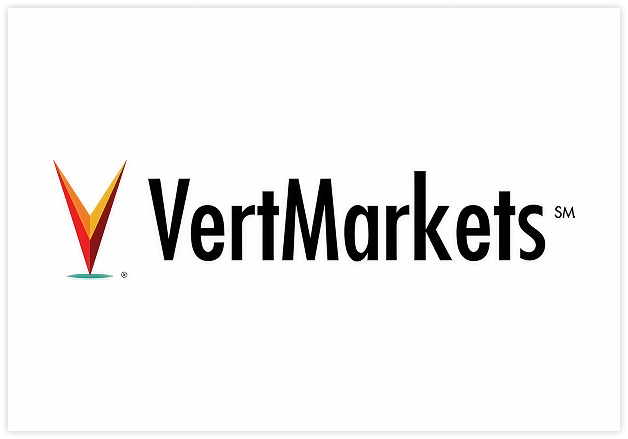
What We Inherited:
At one point Vertical Net had a market cap in excess of $1 Billion, and 1,200 employees. But it never made a profit. The founders and their Wall Street backers couldn’t figure out how to get it profitable.
By 2002 the Internet bubble had burst and the board decided to give up, and sell the SMB unit. We acquired the assets in July of 2002. Prior to the sale to us, even though the company still had a huge market cap, its revenues from selling its services to its customers was only a few hundred thousand dollars annually. And its annual losses were down to $millions, from $10’s of millions. At the closing, this unit of a public company became privately held. And we were in a race to get it profitable ASAP.
By the time of our purchase, the employee headcount was down to 50, six of which made up the sales department. The first of the six salespeople quit the day we acquired the business. The second quit the next week. Within 90 days every one of our inherited salespeople quit. But of the operations-side folks that remained, most were high-caliber, smart, talented, hard workers, including the former Mercer consultant our predecessors installed as president, to shepherd over the sale of the business unit. And this team did not want to give up. They wanted to fight and strive and make the business successful.
What We Did:
- After a series of meetings with their key people we agreed on the philosophies they would put in place to change the trajectory of the Company and win in the marketplace.
- First we ramped up an outbound sales department, hiring salespeople and sales managers in Philadelphia, Pittsburgh and Erie, PA.
- In the first six months we put 22 new salespeople in place.
- By the end of our first full year, our salesperson head count was at 30, plus three sales managers.
- Before us, the average annual sales per salesperson was under $20,000. By the end of our first full year our sales per salesperson was $87,000. Year 2 = $164,000. Year 3 = $179,000. Year 4 = $269,000.
- Before us, the number of paying customers was under 50. By the end of our first full year we were at 239. In our third full year we sold 549 clients. Year 4 = 725.
- Second, we focused the business on those markets which showed the most promise for growth.
- Third, we made changes necessary to provide more value to the customers.
- Then, we dramatically raised the sales price of Vert’s product offerings.
- In spite of losing all of their salespeople, our first full year of selling brought in $2.6 million in revenue – about 10 times that under the founders. In year two we drove sales up to $4.4 million. We closed out year three with $5.5 million in sales. And in our fourth year our sales exceeded $7 million. This sales level allowed Vert to become profitable for the first time in its history. And it has remained profitable since.
What We Inherited:
Black Knight Security was in the business of providing uniformed security guards to commercial buildings, industrial facilities, schools and high-end residential living facilities. The founder / owner / president had started the company about seven years prior to meeting us. He had a military background, was highly skilled at people and asset protection, and was almost exclusively focused on providing excellent service. But the company lacked systems and controls. It was fortunate to grow sales, but without strong back-of-house procedures it grew itself into financial trouble, and needed a cash infusion.
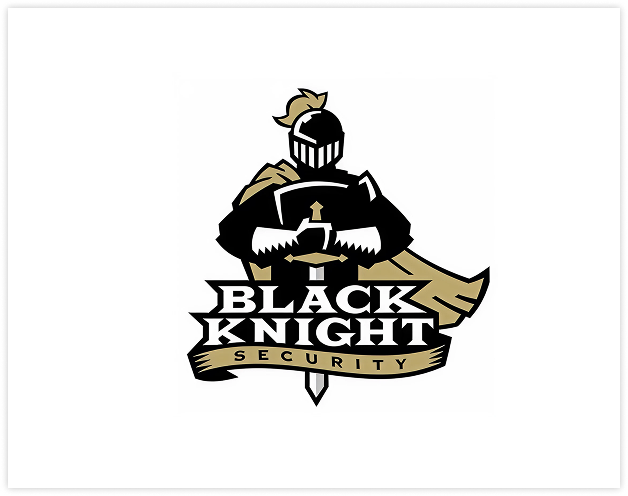
What We Did:
- One of the first things we did was develop and install a pre-employment system to hire better guard candidates who would stay with us longer. After we installed it, the new hiring system cut our employee turnover almost in half. This resulted in huge savings of time and expense because the guard business is so employee intensive.
- Prior to our involvement there was no discipline around financial reporting or statistical analysis. We established a monthly review of financial statements and productivity reports. At these meetings we scrutinized the data and acted on what it suggested we do to strengthen the company. This enabled us to wring costs out of the operation and improve our gross margin.
- We installed best-of-breed systems and written procedures, so we could grow, yet still keep work quality and customer satisfaction high. We established a formal training program for site supervisors. We added inventory software to control our uniforms expense. We upgraded our Time and Attendance software and added Human Resource Information Systems (HRIS) that automate our Recruitment and Performance Review functions. We created a formal bid template that protects us from underpricing ourselves during the bidding process for new customers.
- We identified Key Performance Indicators (KPI’s) that allow us to deal with issues in real-time instead of reading about them in after-the-fact, end-of-month reports. As an example, we installed new employee scheduling software which allowed us to drive down non-billable overtime – one of the major determinants of profitability in this industry.
- Once we felt we had strong systems and controls in place we focused on ramping up sales. We put an outbound sales process in place. At the beginning of that year our annual revenues were $1.5 million. In our first year with our new sales focus we added more than $2 million in new revenue, while retaining the existing accounts.
- All of these improvements enabled the company to pay off old loans, and for the first time ever, the company had savings accounts.
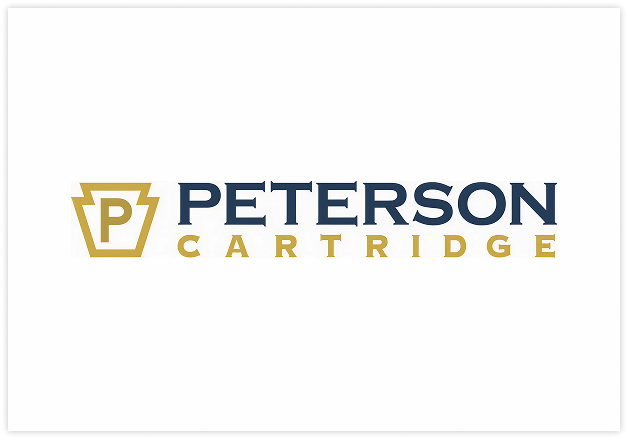
What We Did:
- Our first hire was a controller. Our belief is, if you don’t know the precise facts about your financials, you don’t have a company – you have a hobby.
- Because, at the time, Peterson Bros had been in business for over 40 years, it could provide the new management team with many established, best-practice Systems and Controls, Policies and Procedures.
- We started them off with a strong Recruiting and Pre-employment system, enabling them to hire really good employees right out of the gate. We gave them a solid Expense Authorization document which prevented any cash leaks. We handed them a Purchasing System with Purchasing Rules, which enabled it to be true that nobody paid less than us for what we were buying. We set them up with a system to pursue important New Initiatives that allowed them to install strength-giving improvements in the shortest possible time. And when they got large enough to need supervisors and department heads, we handed them a complete “supervisor training” program.
- We set up a production scheduling system, a quality assurance department, and a system to measure defects, scrap, downtime and re-work; and we focused on driving all those “wastes” down.
- We set up systems and controls for inventories of raw materials, WIP, finished goods, and all the different components that are used in the packaging of the product. Then, we established another inventory system to track the thousands of pieces of manufacturing “tooling.”
- In the early years, our growth model involved, coming out with more new products. The trouble is, developing a new casing can require the design of up to 50 new pieces of tooling, that all have to work in unison throughout the manufacturing cell, to produce a casing that meets industry spec. To do this we had to develop the in-house know-how to design correct tooling.
- Because this manufacturing process uses lubricants and cleaners as the brass is being worked, we had to build our own in-shop wastewater treatment plant and become knowledgeable on treating wastewater.
- We traveled around the country, and some internationally, making sales calls on every company we could find, that bought casings in large volume.
- During the fifth full year after taking delivery of the manufacturing equipment, Cartridge made its first profit – $63,000, on $6 million in sales. Profits the next year were $ 986,000 on $8 million in sales, and profitability the following year was $2,736,000, on $11 million in sales.
On top of that we had assembled a force of enthusiastic, competent, hard-working employees; a strong, cohesive management team; and a stable of Grade-A vendors and suppliers.
What is the point of these above-mentioned “success” stories?
It is not to brag about how clever we are as business people.

Ever increasing sales and profits

An enviable reputation in your community & industry

Long-term viability for
your company
Approach to Investing

Platform First
We look for businesses with the potential to serve as long-term operating platforms


Bolt-On Strategy
Once a platform is in place, we seek add-on acquisitions that bring synergy, scale or innovation

People-Centered
We keep leadership in place and empower them – not replace them

Operational Support
We’re more than capital – we provide systems, strategy and structure


Flexible Structures
We tailor each deal to fit the business – not the other way around
Let’s Build Something Enduring Together
Contact Us


